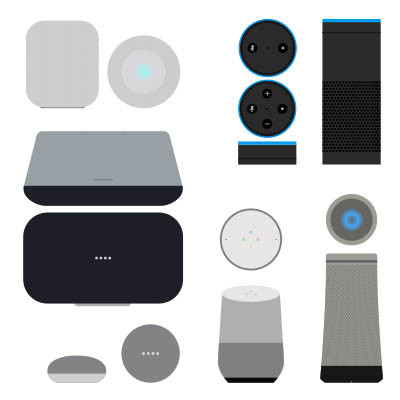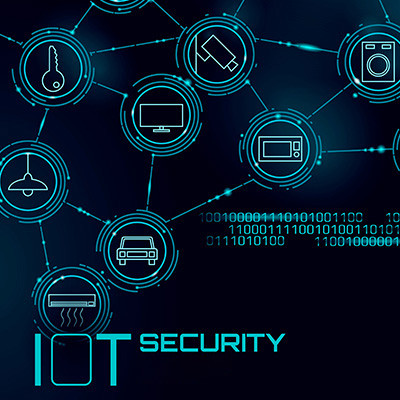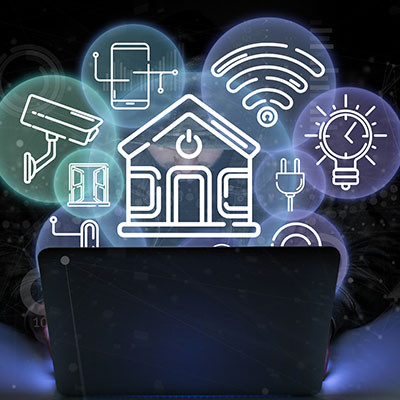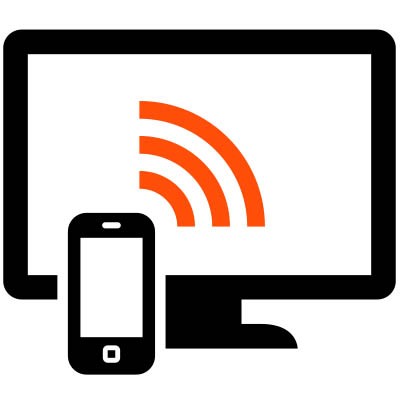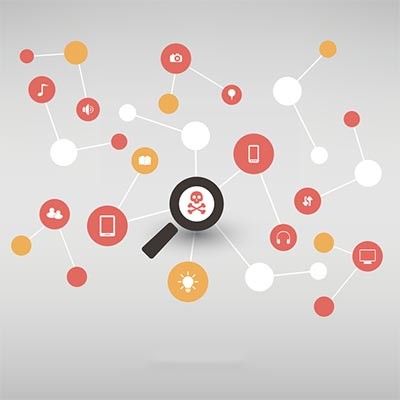Smart speakers have been around for a while, but let’s be honest—they haven’t exactly changed the world. Sure, they’re great for playing music, setting timers, and answering random trivia questions, but beyond that? Not much has evolved. So, how did we get here, and what’s next? More importantly, can they actually be useful for businesses, or are they just another gadget collecting dust?
Gravité Blog
The IoT, or Internet of Things, is everywhere. There’s a relatively good chance that a device that would be part of the IoT is within your reach right now, perhaps even on your person. Businesses of all kinds use the IoT for various purposes as well, but behind this usage lies significant risk from cyberthreats, and a shocking number of businesses seem to accept this risk without much concern… as in, the vast majority of surveyed businesses utilizing the IoT demonstrated a lack of protection, but seemed not to be bothered by it.
Foldable phones undeniably saw a very slow start when they were introduced a few years ago, high prices and horror stories about their fragility scaring away all but the earliest of early adopters. However, thanks to an enthusiastic fanbase, the concept has persisted and has become a legitimate option amongst flagship devices.
Let’s consider some of the predictions that have been made surrounding the future of the foldable smartphone market, and why business users might be drawn to the flexible form factor.
The IoT—the Internet of Things—is a fascinating technology, as it exemplifies just how much can be accomplished when Internet connectivity is used to augment the capabilities of otherwise “dumb” devices. Unfortunately, as fascinating as it is, the IoT is also infamous for its security issues…a reputation that attackers have been perpetuating as these devices grow more common.
For a very long time, Apple has been requested to share a workaround for their platform security with law enforcement, which the company has refused outright. Their argument has been that doing so would inherently undermine their lauded security. Well, the feds have given up asking, because they went ahead and developed a workaround themselves… and in doing so, have revealed that iOS isn’t quite as secure as it was purported to be.
While it may sound strange coming from a managed service provider, there is some wisdom to the adage, “if it ain’t broke, don’t fix it.” We know, we know… it sounds a little hypocritical for us to say something like this, when we spend so much time touting the values of proactive maintenance and similar strategies. However, this now-cliché statement certainly holds water, as exemplified by many modern technologies—including the Boeing 747.
The people that support a business’ information systems are widely renowned as a bunch of nerds sitting in a basement office waiting for someone that matters calls them upstairs. Now, we think this characterization is unfair (of course), but since our jobs are so technical, it can be hard to relate with clients all the time. Fortunately for us, the most useful tool we have in our repertoire is excruciatingly simple. To fix your computer problem, have you tried turning it off, and turning it back on?
The Chromecast, Google’s offer to the growing streaming market, is a pretty handy device - even in the business setting. I know, I know, it is a consumer device, but some of its capabilities directly translate to professional use. Here, we’ll walk you through the process of setting up your Chromecast, four useful-for-business features, and the process of resetting your Chromecast if it ever needs it.
For much of the last five years, we’ve been told that the Internet of Things was going to be the most important innovation since broadband Internet was introduced. This growth, while its largely happening under the proverbial radar, is happening. There are around seven billion “smart” devices in 2019 with expectations that it will be three times that by 2025. With that many Internet-connected devices, there are bound to be some that come with vulnerabilities, whether it comes from being designed poorly or not frequently updated with modern threat definitions. Today, we’ll take a look to see if the Internet of Things should be considered a threat to your business.

